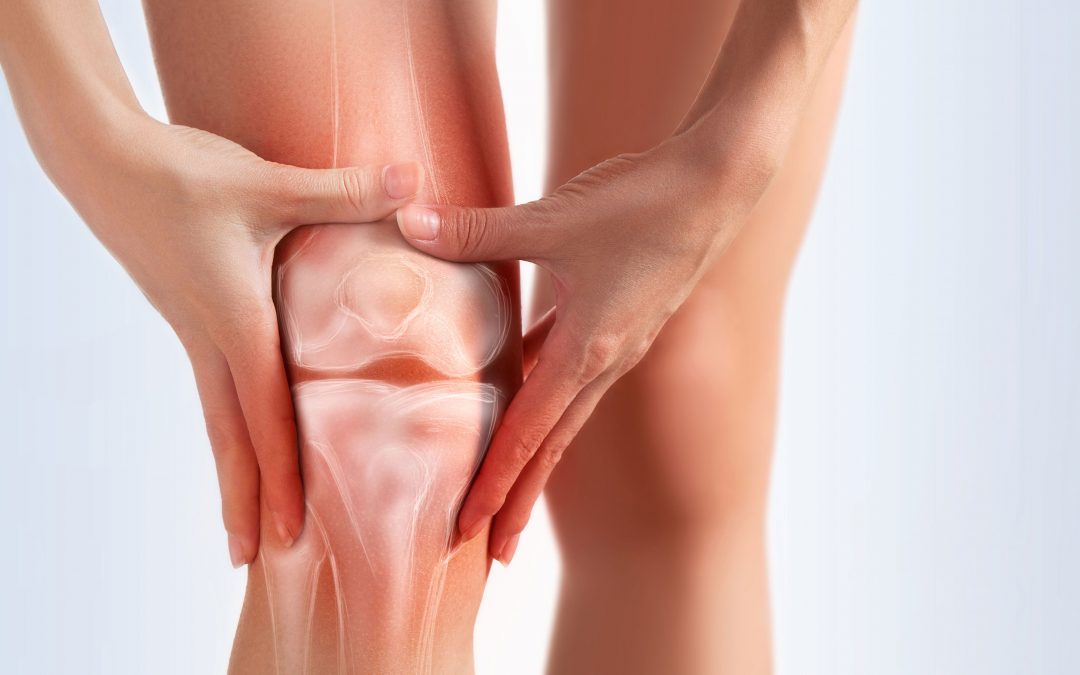Meniscus injuries are common, affecting an estimated 6 in 1,000 Australians during their lifetime. Males between 20 and 29 are the most likely to suffer a meniscus tear, and (or possibly because) most meniscus injuries result from sport or sudden impact.
However, you don’t need to be an athlete – or male – to suffer a meniscus injury. It’s not an ideal reason to be weak at the knees, so let’s look at the common meniscus injury causes, effective treatment and injury prevention.
What is a meniscus?
Three bones meet in your knee joint: your femur (thighbone), tibia (shin) and patella (kneecap). Two pieces of cartilage sit between the femur and tibia to absorb impact from walking, running, kicking, or any other shock.
Those tough wedge-shaped cartilages are called menisci together or a meniscus individually.
What happens when a meniscus tears?
Meniscus injuries are classified by how the cartilage tears, which can happen one of three ways:
- Bucket handle: A thick tear in the inner portion of your meniscus
- Flap: A tear from the outside edge resulting in a ‘flap’ fragment
- Radial: A straight tear, perpendicular to the long axis of your meniscus
Meniscus injuries explained
A high proportion of meniscus injuries result from direct impact or over-rotation of the knee, or both. It might be a soccer tackle at the wrong angle, colliding with another person at high speed, landing awkwardly from a high step, coming down wrong when guarding in Netball – the list is almost endless.
Sports injuries
Most meniscus injuries occur during sport. In Australia, soccer leads the field in meniscus injuries accounting for 32% of hospitalisations. Netball and AFL follow behind, accounting for 17% each.
Menisci can tear from a combination of sudden impact and over-rotation, for example:
- Tackle at the wrong angle
- Planting your feet wrong
- Squatting or running on an uneven surface
- Colliding with another player’s leg
You might hear a “pop” and experience some pain and stiffness, but a surprising number of people carry on playing with a torn meniscus. In some cases, the ACL tears at the same time.
Degenerative causes
Age and degenerative conditions deteriorate the cartilage making up your menisci, making it less resilient and rubbery. In turn, your menisci are more susceptible to injury even in the absence of sudden impact.
Knee osteoarthritis, a degenerative condition affecting knee cartilage, weakens the cartilage over time. However, occupations involving lots of squatting and standing also present a higher-than-average risk of meniscus injuries due to prolonged wear-and-tear.
Standing up too quickly, or over-rotation when standing, can trigger a meniscus injury unexpectedly in these cases.
Meniscus injury treatment: Book a consultation with Dr Jens Buelow
Meniscus tears are painful and debilitating in the short-term. In the long-term, you could face chronic weakening, reduced mobility and recurring pain. Find time to see Dr Jens Buelow for an in-depth consultation if you experience any of the common meniscus injury symptoms:
- Pain and sensitivity when touched
- A popping sound or slipping sensation
- Localised swelling
- Stiffness or reduced range of motion
- Locking feeling
- Weakness or uncertainty when moving
Dr Buelow will conduct a thorough examination, understand more about the cause of your meniscus injury, and recommend an appropriate treatment plan. Phone (08) 9212 4200 for an urgent appointment or use the form on our website to get in touch.

